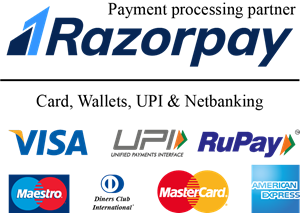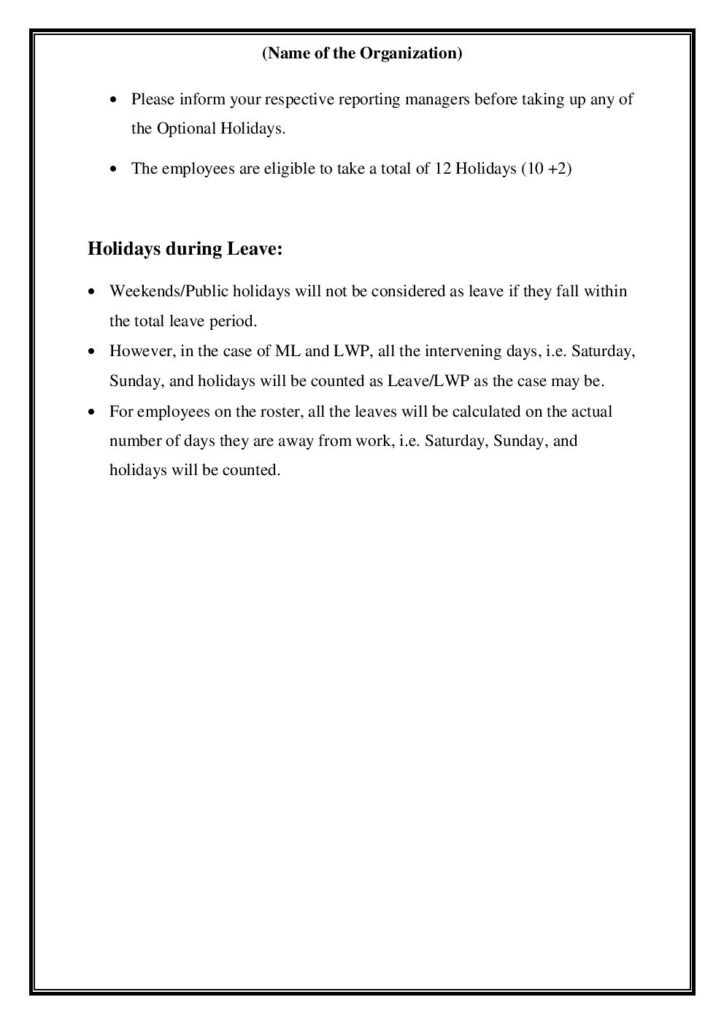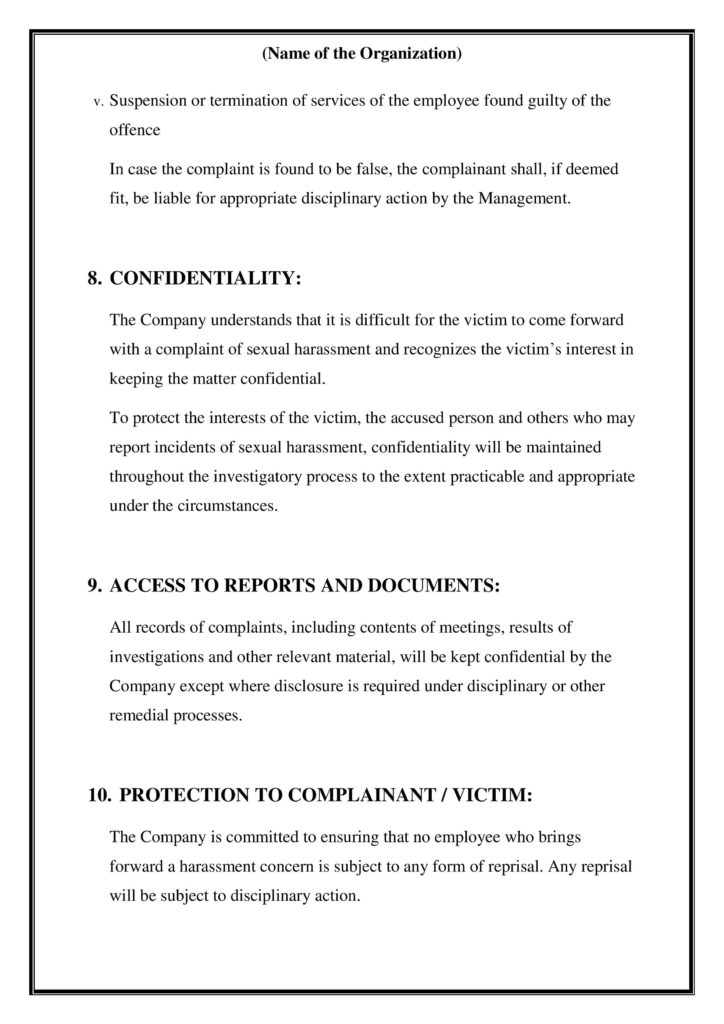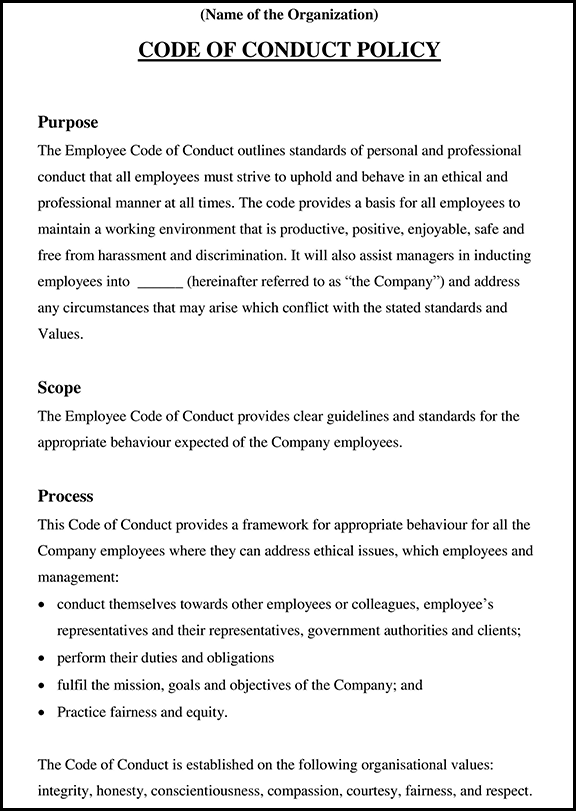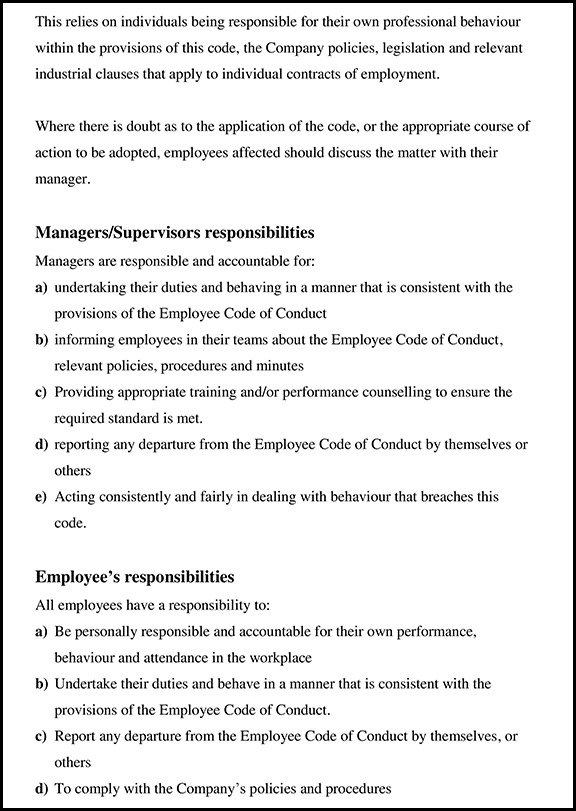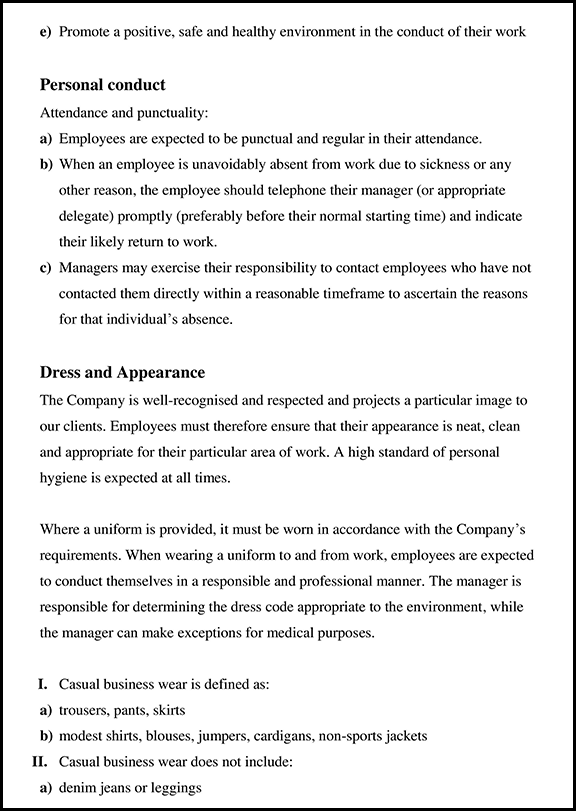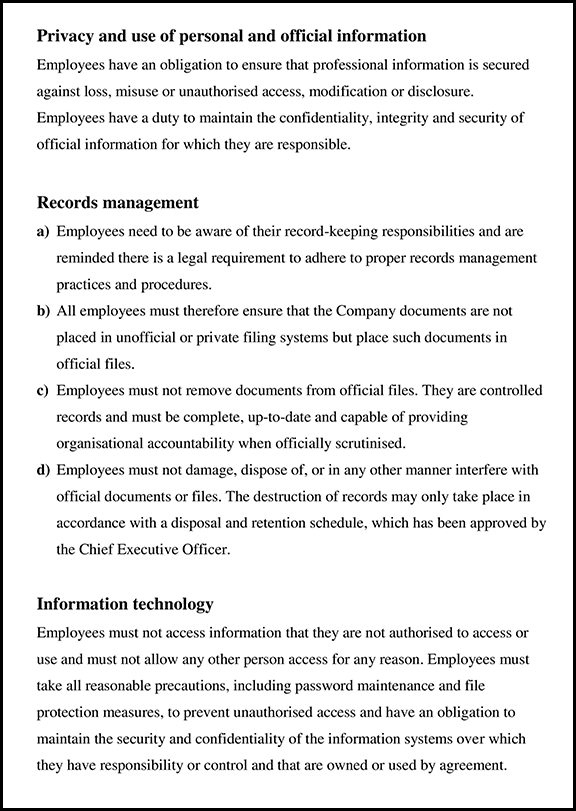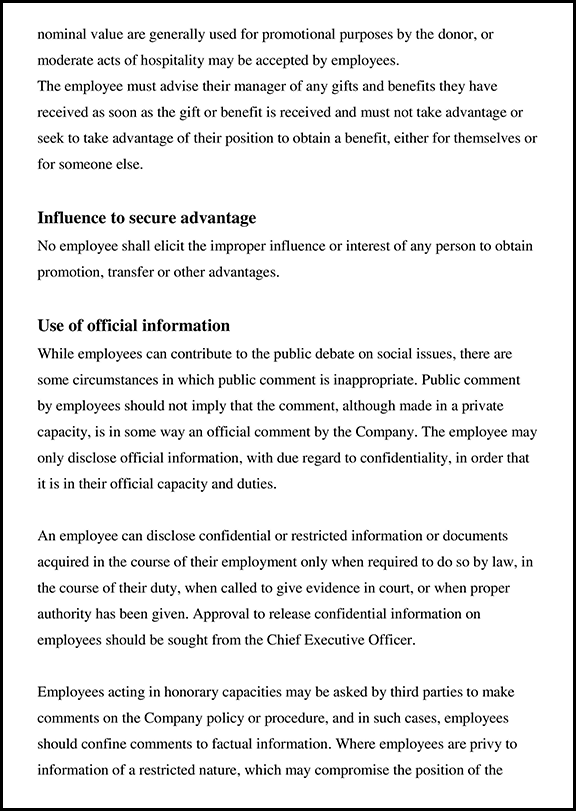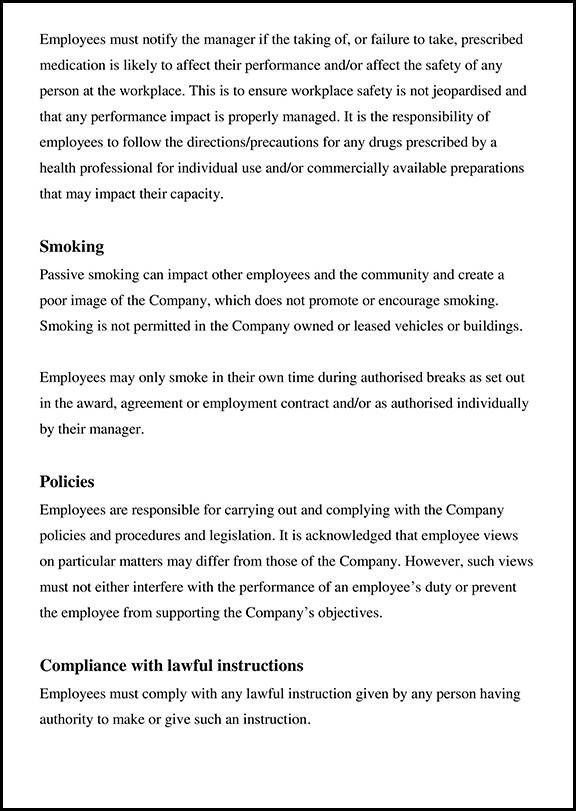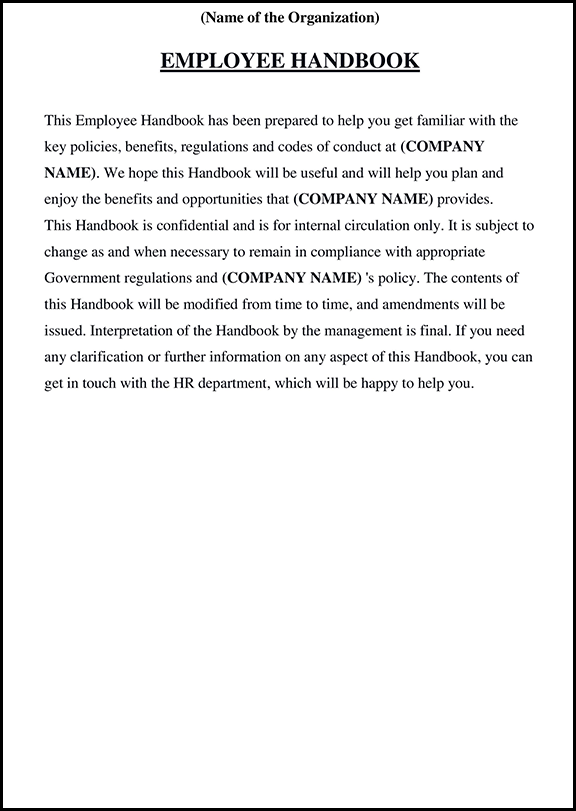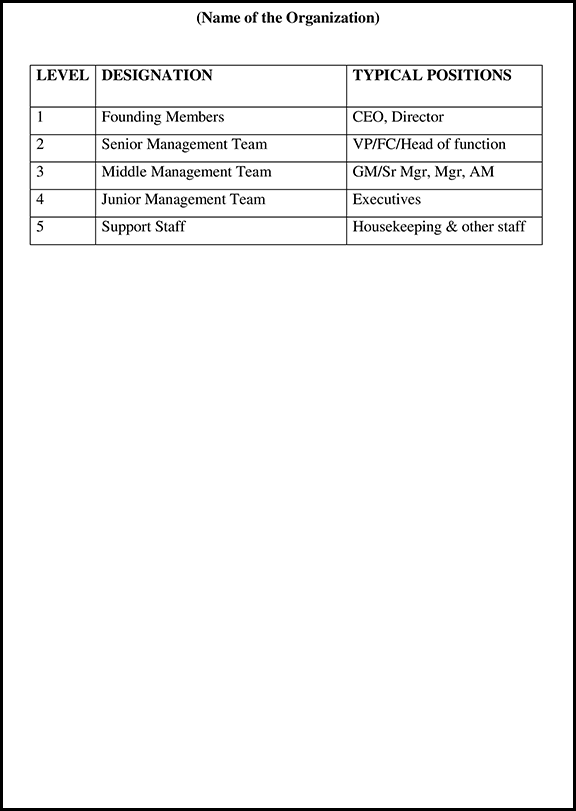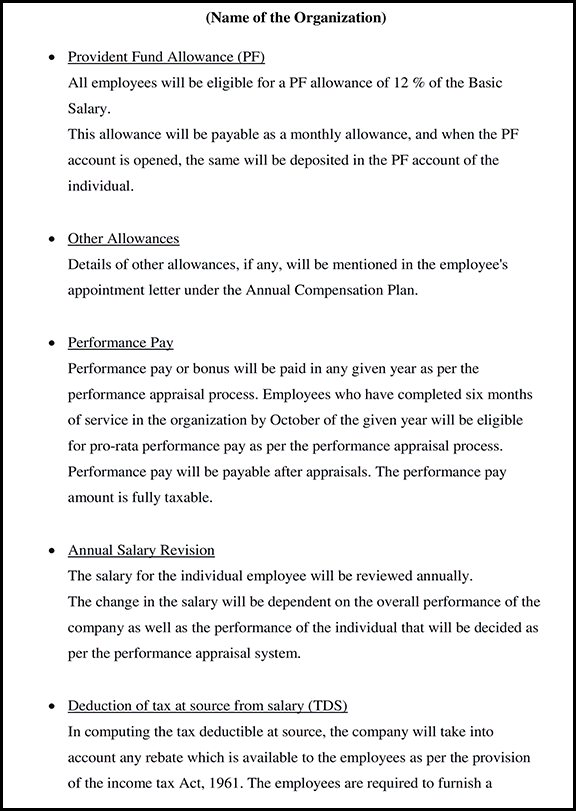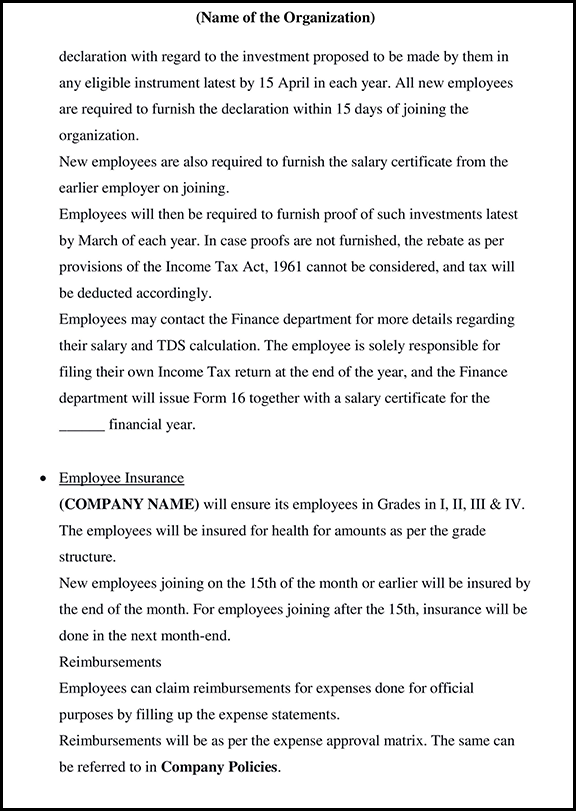Performance Management Process by StartupHR Toolkit
Performance management starts at the beginning of the hiring process when a job is defined. From there, it involves continuously evaluating the employees’ work to ensure it meets or exceeds the employer’s expectations.
Today, some form of performance management is practiced in most organizations, but unfortunately, only a small percent of employees agree that their performance is managed in a way that motivates them to do outstanding work. In order to improve performance management, companies must create a work environment that empowers employees to perform to the best of their abilities by providing continuous development opportunities, as well as continuous feedback and coaching.
Performance Management consists of goal-setting, evaluation, and reward. If done right, employees become more productive and creative contributors.
What is the Performance Management Process?
The performance management process is used to develop, reward, and retain talent. It is a continuous process that fosters effective communication between managers and employees. Where they collaborate to set short-term and long-term goals. Performance management software can help in the evaluation of an employee’s progress toward the goal and also reward them for their efforts.
Importance of Performance Management Process
The importance of Performance Management process plays a vital part in the growth of your company. Don’t believe me? Well, mark my words; neglect it and you will regret it. It is so much more than performance reviews. The performance management process is all about making sure your employees are happy, engaged and working towards your collective goals. The performance management process needs to be at the forefront of your mindset and high up your list of priorities.
Why use Performance Management Process?
The Performance Management process assists in company planning and development of a successful workforce., but it also keeps employees engaged as active participants in the organization’s growth. Businesses and organizations of all sizes, in all industries, have realized the importance and benefits of implementing a performance management process. Employees evolve as professionals working on a team, as well as individuals honing their skills and advancing their careers.
The Performance Management Cycle
Performance management is a continuous process cycle,
- Plan − determine things like, “What to do?”, “When to do?”, and “How to do it?”.
- Act − carrying out the required work as per the plan.
- Monitor − keeping a check on whether the activities are being done as per the plan.
- Review − reviewing what has been done and any taking any corrective action if required.
The Systematic Process
- Planning work and setting expectations
- continually monitoring performance
- Developing the capacity to perform
- periodically rating performance in a summary fashion
- Rewarding good performance
1. Planning.
The supervisor should meet with employees to create their performance plans. The supervisor should establish measurable goals that align to the agency’s strategic and operational plans and consult with his/her employees when creating these goals. It is in this planning stage that the supervisor has an opportunity to explain to employees how their performance directly impacts how the agency and work unit will achieve their goals.
2. Monitoring.
An employer should monitor employee progress on a continuous basis. It also provides an opportunity for the employer to make employees aware of their progress. Monitoring performance enables the employer to identify the problem early and get an opportunity period in place well before the rating of record is due.
3. Developing.
From continuous monitoring, it should be easier to decide whether employees need additional development to achieve their assigned responsibilities. It is important to remember that employee development includes not only remediation but enhancing good performance as well. Types of development could include
- Formal training (classroom)
- Informal training (online)
- Coaching or mentoring
- New work assignments (additional responsibilities)
- Details (within the current agency or to an outside agency)
4. Rating.
The supervisor will use the knowledge gained from monitoring the employee’s performance during the appraisal period to compare that performance against the employee’s elements and standards and assign a rating of record. The final rating should not be a surprise to the employee, particularly when the supervisor and the employee have had numerous performance discussions during the rating period.
5. Rewarding.
The supervisor must make meaningful distinctions when granting awards. Award amounts should be clearly distinguishable between different performance levels that are fully successful or above. Performance management should support compensation decisions.
The performance management process should be a part of day-to-day work life. A routine meeting with employees, incorporating feedback, providing learning & development opportunities, employers can create a performance management process that empowers employees to set meaningful goals in line with the business strategies.
Join a Community of 1,00,000+ HR Professionals





